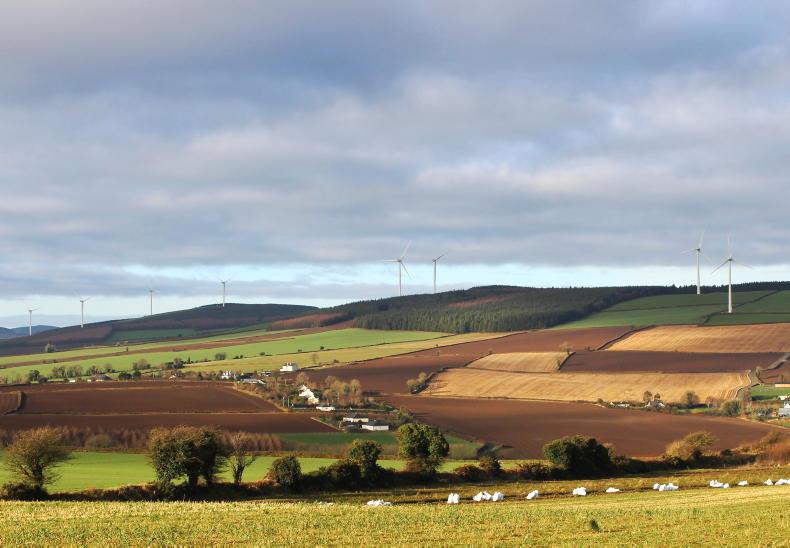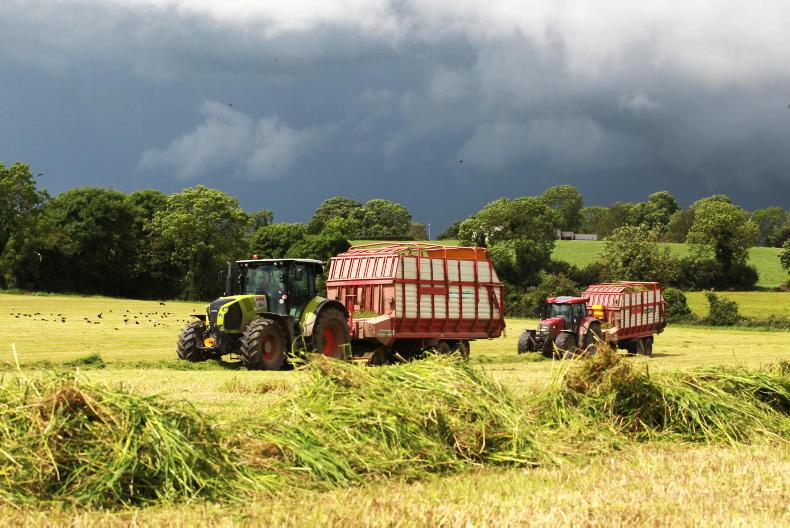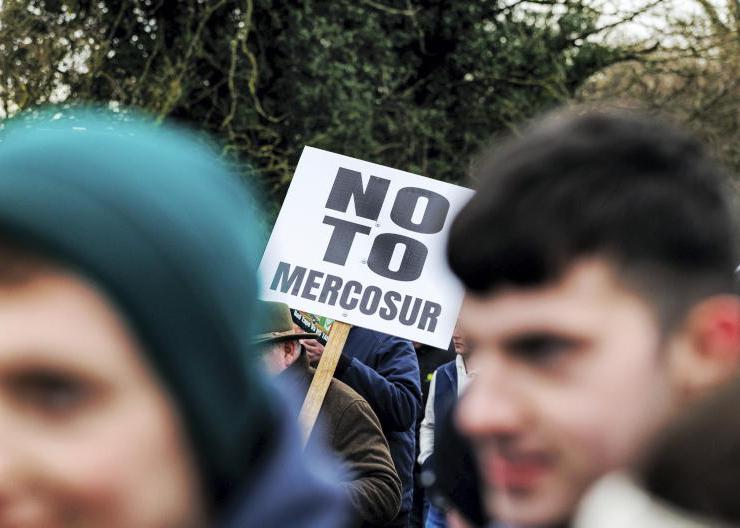This year, for the first time, Irish companies have been obliged to publish their gender pay gap. Initially, the legislation only covered companies with more than 250 employees, but by 2025, any company that has more than 50 workers will have to make the data publicly available.
For this year’s report, employers were required to pick a date in June and report pay differences on that date within six months. Effectively, this means that those employers will have to report the data before the end of this month.
Both private sector and public sector employers are covered by the new rules.
It is important to point out that the gender pay gap is not the same as equal pay, where men and women are paid the same for performing the same task. Equal pay is already a legal requirement.
Pay gap
The pay gap measures the difference between what men and women earn in an organisation overall. A gender pay gap means that men generally are paid more money at a firm, while a negative gender pay gap means women are generally paid more at a firm.
In June, the Irish Chartered Institute of Personnel and Development estimated that the average gender pay gap in Ireland is 14%.
Companies report the pay gap in two ways. First, they calculate and report the average (or mean) total remuneration pay gap.
This is the difference between the total earned by all male employees divided by the number of male employees and the total earned by female employees divided by the number of female employees.
The second number reported is the median pay gap. This is the middle point of all pay for all women compared to the middle point for all pay for all men.
Looking at agriculture, only a couple of the many firms due to report have delivered their results so far this month, but those that have highlight some unsurprising problems within the industry when it comes to closing the gender pay gap.
Tirlán reported an average gender pay gap of 18.5%, with a median gap of 15.7%. The company said in its report that the large number of male employees in its production environment, where there is access to overtime and allowances, contributed to the gender pay gap.
On the other hand, the median bonus gender pay gap was at minus 30.5%, reflecting the higher proportion of women in the company in roles which attracted a bonus.
Work to do
Tirlán said the company recognises there is work to do to in terms of achieving greater gender balance, while acknowledging that there are legacy issues in the industry, which has traditionally employed more men.
Lakeland Dairies is another early reporter, showing a mean pay gap of 14.1% and a median of 9.1%.
While the company also pointed to legacy issues around the gender diversity of its employees, the report also highlighted the “under-representation of women studying agri-food, agri-science and engineering subjects” which has a knock-on effect in the number of women in roles with the company.
Professor Karina Pierce, director of external relations at the UCD School of Agricultural Science, said that there is a fairly even split in both entrants to and graduates from the BAgrSc programmes.
However, the gender breakdown within individual programmes can skew heavily in either direction, with 90% of those in equine studies female while 86% of those who specialise in dairy are male.
Neither Tirlán nor Lakeland have any women at executive level, with the combined boards of both companies comprising of 29 men and one woman.









SHARING OPTIONS